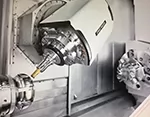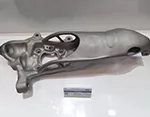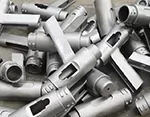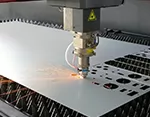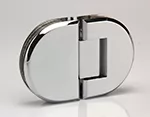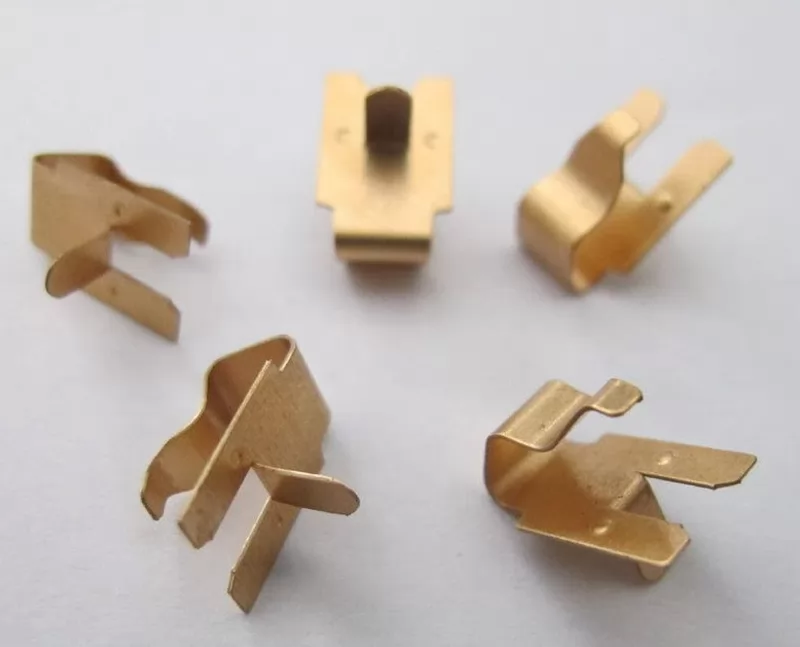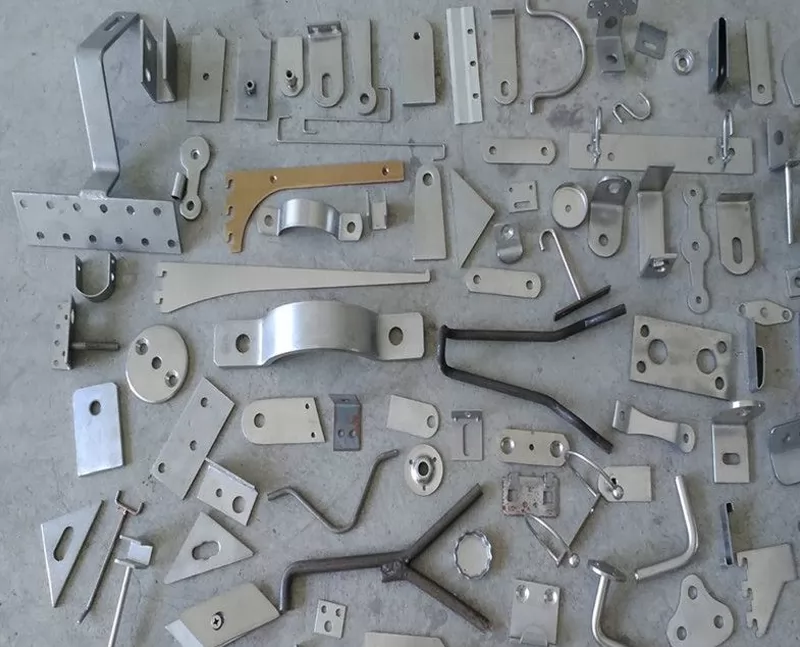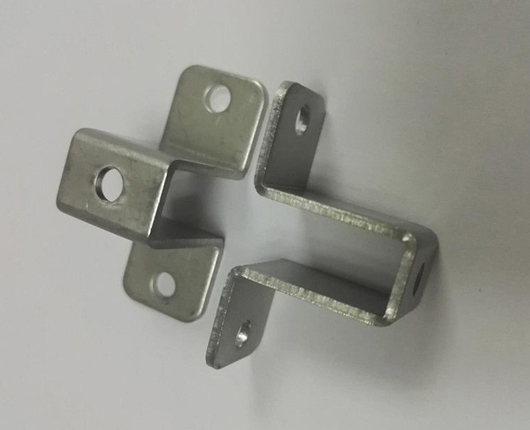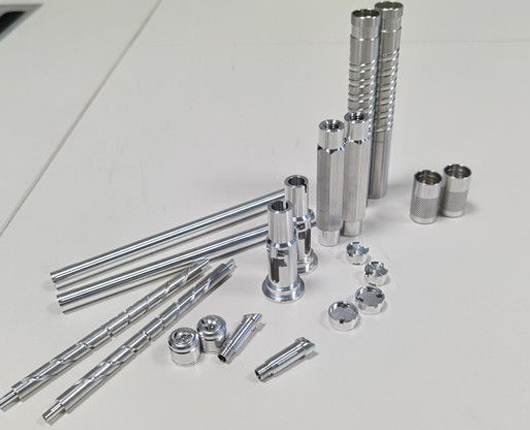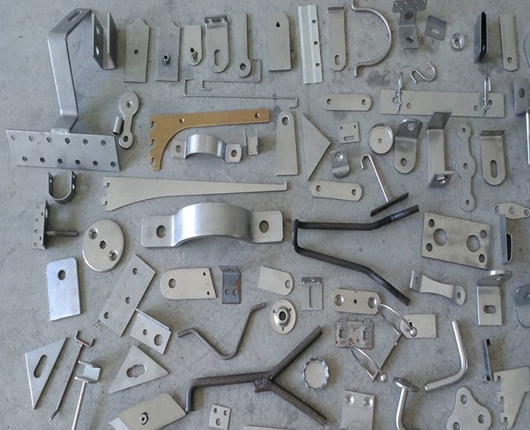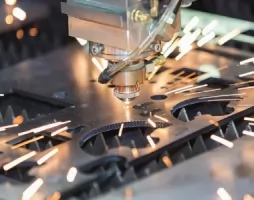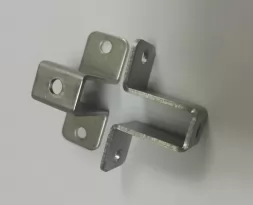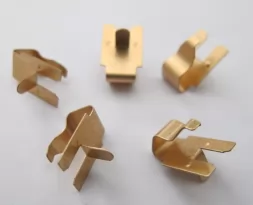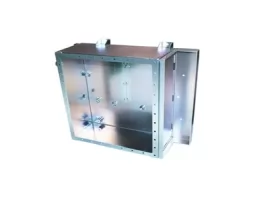-
Service
+
- CNC Precision Machining Service +
- Multi-Axis Simultaneous Machining Service +
- CNC Turning Service +
- Metal 3D Printing Service +
- Rapid Prototyping Service +
- Die Casting Service +
- Sheet Metal Fabrication Service +
-
Finish Serivces
+
- Polishing
- Grinding
- Brushed Finish
- Sand blasting
- Painting
- Powder Painting
- Anodizing
- Hard anodizing Service
- Passivation
- Zinc Plating
- Nickel Plating
- Chrome Plating
- Blackening
- Black Zinc Plating
- Teflon Coating
- Titanium Coating
- DLC Coating
- Laser Marking
- Silk Screen Printing
- Transfer Printing
- Micro Arc Oxidation
- Industries +
- About Us +
- Resource +
- Contact Us
- Quote

-
Service
-
>
-
>
-
>
-
>
-
>
-
>
-
>
-
>
-
- Industries
- About Us
- Resource
- Contact Us
What Material Is Used for Stamping?
With the exception of some specialized processes, sheet metal stamping does not use heat. Instead, it is done by cold forming techniques. Even if heat is not used, the part will become hot due to the force of the press creating friction between the metal and the die.With the exception of some specialized processes, sheet metal stamping does not use heat. Instead, it is done by cold forming techniques. Even if heat is not used, the part will become hot due to the force of the press creating friction between the metal and the die.
The process of turning sheet metal into a useful part or assembly is called sheet metal stamping. The metal is fed into a press where a stamping tool (also known as a die) forms the desired shape. The die is pressed into or through the metal with great force. The force used in the process is measured in tonnes.
With the exception of some specialized processes, sheet metal stamping does not use heat. Instead, it is done by cold forming techniques. Even if heat is not used, the part will become hot due to the force of the press creating friction between the metal and the die.
Kesu Hardware is a leading manufacturer of custom components and metal stamping, serving a variety of major industries including construction, electronics, solar and wind energy. Here, we share the four most common metals we use in metal stamping and applications of sheet metal stamping.
Sheet Metal Stamping Parts
Stamping Basics
Stamping - also known as pressing - involves placing a flat sheet of metal (coil or blank) into a press. In the press, tools and die surfaces form the metal into the desired shape. Punching, blanking, bending, embossing, embossing and flanging are all stamping techniques used to shape metal.
Before the material can be formed, the stamping professional must design the tooling using CAD/CAM engineering techniques. These designs must be as accurate as possible to ensure that the proper clearances are maintained for each punch and bend, thus ensuring optimum part quality. A single 3D model of a tool can contain hundreds of parts, so the design process is often very complex and time-consuming.
Once the design of the tool has been determined, the manufacturer can then complete its production using a variety of machining, grinding, EDM wire cutting and other fabrication services.
The four most commonly used metals for hardware stamping
Carbon steel
Carbon steel material is available in both flat and coil form. The composition of this metal differs from stainless steel in that it contains 2.1% carbon by weight, is less ductile and less resistant to corrosion. Carbon steel offers a variety of advantages for metal stamping, including being a low cost, high strength material. Carbon steel can also be welded and, if properly maintained, it is a very durable metal.
Aluminium
Aluminum is a non-ferrous metal with a relatively low cost, excellent strength-to-weight ratio, and suitable for high-speed production. Its strength-to-weight ratio allows for the production of parts that are both durable and strong, as well as lightweight.
Aluminum also has good thermal and electrical conductivity, while resisting possible damage caused by electrical charges or heat. It has the added benefit of not requiring a coating during the finishing process, although it can be anodized to enhance its appearance and improve its corrosion resistance.
Aluminum
Stainless Steel
Stainless steel is a ferrous metal with high levels of chromium, molybdenum and nickel. The addition of these elements gives stainless steel greater corrosion resistance than other types of steel. There are many different varieties of this metal, each with unique properties to suit a particular application.
Stainless steel is extremely durable, has high tensile strength and retains its strength and properties even when exposed to extreme temperatures. Stainless steel is stronger and harder than carbon steel, which makes it ideal for knives or cutting tools, and its resistance to staining makes it easy to clean and maintain.
Copper and brass
Copper is easy to form, ideal for the rapid production of one-piece seamless components, and is compatible with cold forming processes that harden the metal. Copper is a low maintenance durable metal with corrosion resistance and natural hygiene properties for the medical and food and beverage industries.
Brass is a copper-zinc alloy that retains many of the beneficial properties of copper. Brass has a smooth surface, is corrosion resistant, easy to solder and is electrically conductive, making it suitable for a wide range of electronic applications.
Metal Stamping Parts
Applications of sheet metal stamping
In the stamping process, sheet metal is machined into complex parts using highly specialized computer-aided drawing and manufacturing programs. Sheet metal stamping produces high-quality, resilient, heavy parts quickly and efficiently. The results are very precise and often more reliable and consistent than manual machining.
The following industries use components created by sheet metal stamping.
Automotive
Renewable energy
Medical
Industrial
Aerospace
Hardware
Home furnishings
Sheet metal stamping is in high demand and the range of industries that rely on it is extensive.
Custom metal stamping
Custom metal stamping describes a metal forming process that requires bespoke tooling and technology to produce customer-specified parts. A wide range of industries and applications use custom stamping processes to meet high-volume production requirements and to ensure that all parts meet precise specifications.
To find out more about our stamping services, please visit our services page, or request a quote online. If you have any questions, contact us at Kesu Hardware today.

